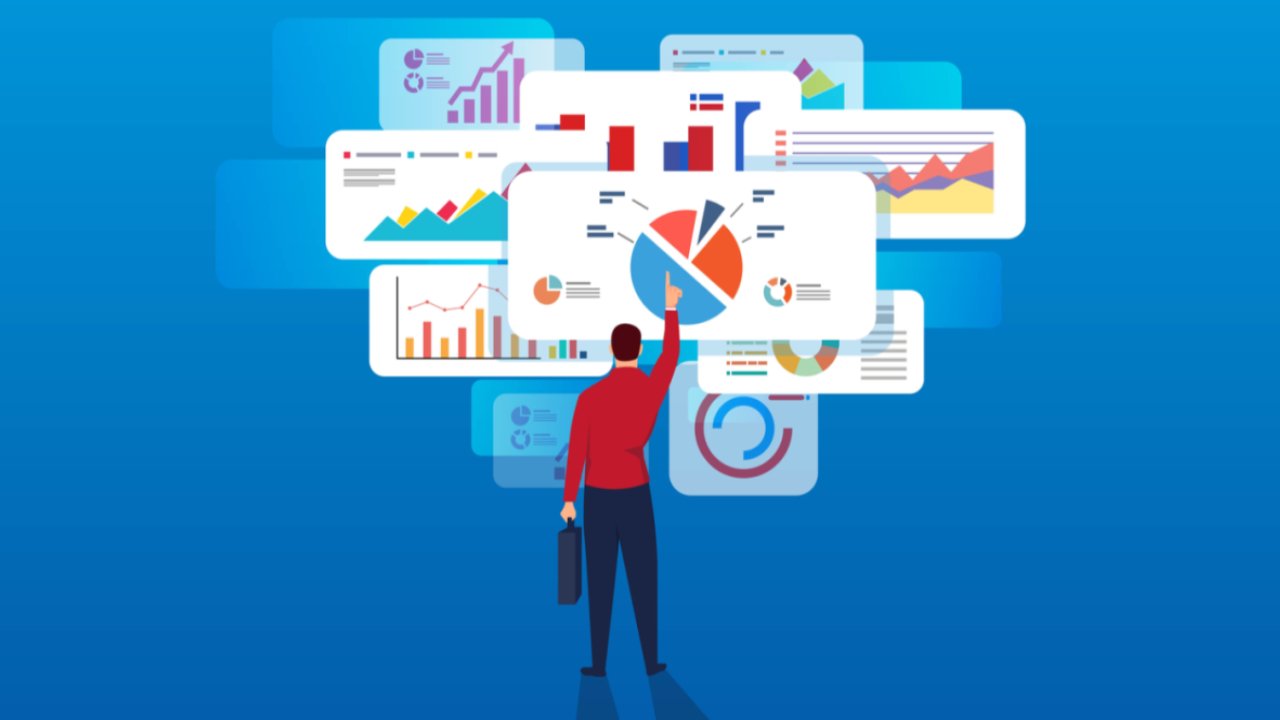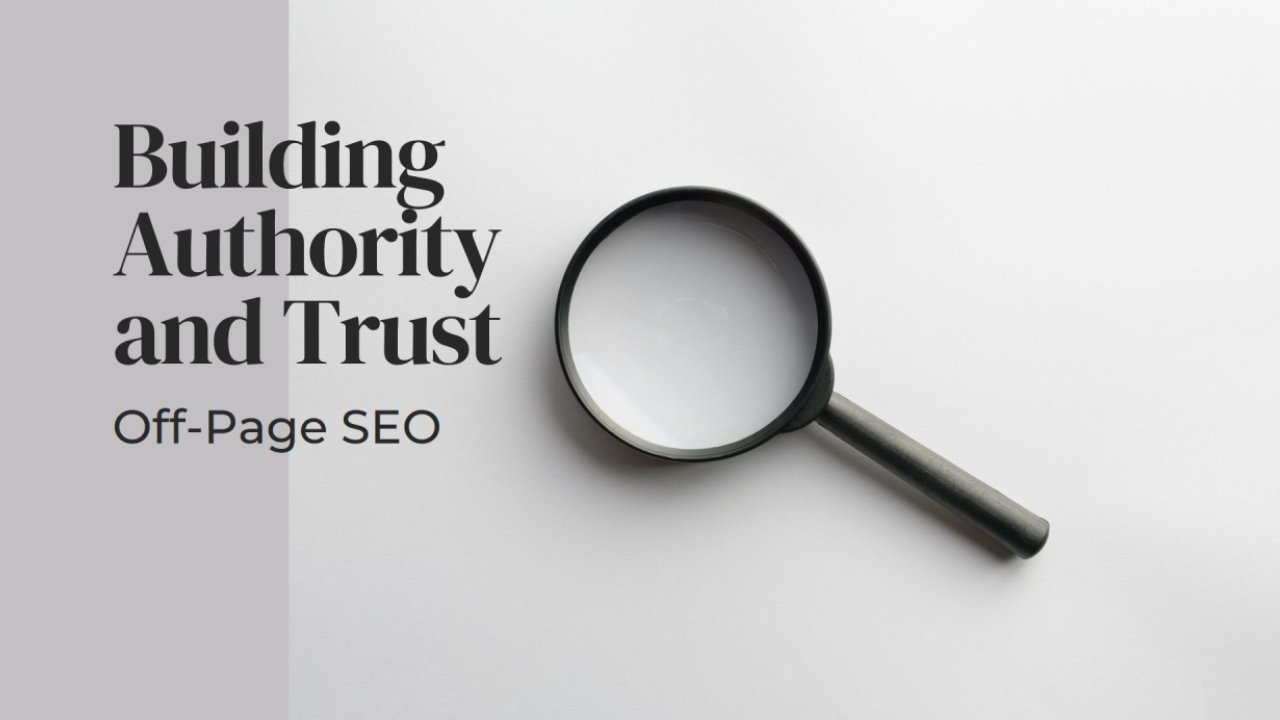If you want to improve your website’s visibility on Google and other search engines in 2024, SEO (Search Engine Optimization) is essential. SEO is a dynamic field that involves optimizing your website to rank higher in search engine results pages (SERPs), driving organic traffic to your site.
In this guide, we’ll break down essential SEO techniques, provide HTML code snippets for key elements, and give tips on how to optimize your site for Google AdSense monetization. Whether you’re a beginner or looking to refine your current SEO strategy, this guide will help you navigate the ever-evolving world of SEO.
Keyword Research: The Foundation of SEO
Effective keyword research helps you understand the terms and phrases people are searching for. Choosing the right keywords will ensure your content reaches the right audience and ranks well.
How to Perform Keyword Research
- Use Keyword Research Tools: Tools like Google Keyword Planner, SEMrush, Ahrefs, and Ubersuggest allow you to find high-volume, low-competition keywords.
- Analyze Search Intent: Identify whether users are searching for information, products, or services. This helps you align your content with user intent.
For example:
- Primary Keywords:
- “how to improve SEO”
- “website SEO optimization”
- “SEO ranking factors”
- Secondary Keywords:
- “on-page SEO”
- “backlinking”
- “SEO audit”
HTML Code for Keyword Optimization:
Include your primary keywords in important places like the title tag, meta description, and header tags:
<!-- Title Tag -->
<title>How to Improve Your Website's SEO: A Comprehensive Guide to Boost Rankings in 2024</title>
<!-- Meta Description -->
<meta name="description" content="Learn how to improve your website's SEO in 2024 with proven strategies, including on-page SEO, backlinking, and content marketing for better rankings.">
<!-- H1 Tag -->
<h1>How to Improve Your Website's SEO in 2024</h1>
<!-- Example of an optimized internal link -->
<a href="https://www.example.com/on-page-seo" title="Learn On-Page SEO Best Practices">On-Page SEO Best Practices</a>2. On-Page SEO Optimization
On-page SEO refers to all the strategies you implement on your website itself. Optimizing these elements is crucial for ranking well in search engines.
A. Content Optimization
Your content should address the user’s search intent, provide valuable information, and incorporate your target keywords naturally. Google’s algorithm values high-quality content that solves a problem or answers a question.
B. Title Tags and Meta Descriptions
Title tags and meta descriptions tell search engines and users what the page is about. Make sure these elements include your target keywords and are optimized for user clicks.
<!-- Title Tag -->
<title>How to Improve Your Website's SEO in 2024</title>
<!-- Meta Description -->
<meta name="description" content="Boost your website's SEO with the latest techniques. Learn how to use keywords, optimize images, and improve your rankings on Google.">C. Header Tags (H1, H2, H3, etc.)
Use header tags to structure your content. The H1 tag should be used for the main title of your page, and subsequent headers (H2, H3) should break down the content into digestible sections.
<h1>How to Improve Your Website's SEO: A Step-by-Step Guide</h1>
<h2>What is SEO?</h2>
<h3>Why SEO is Crucial for Your Website</h3>D. Image Optimization
Search engines can’t “see” images, but they can interpret alt text. Ensure all images have descriptive, keyword-rich alt tags.
<img src="seo-guide.jpg" alt="Comprehensive Guide to SEO in 2024">E. URL Structure
URLs should be simple, clean, and contain your primary keyword. A clean URL structure makes your pages more user-friendly and helps search engines understand the content of your page.
<a href="https://www.example.com/how-to-improve-seo">How to Improve SEO</a>Technical SEO: Making Your Site Crawlable

Technical SEO refers to optimizing the backend of your website to improve its crawlability and indexability by search engines. This is crucial for a high-performing site.
A. Site Speed Optimization
Google’s algorithm favors websites that load quickly. Slow sites can lead to high bounce rates and reduced rankings. Here are some tips to speed up your site:
- Compress images using tools like TinyPNG or ImageOptim.
- Minify CSS, JavaScript, and HTML.
- Enable browser caching.
<!-- Link to External Stylesheet -->
<link rel="stylesheet" href="styles.css">
<!-- Image with compression -->
<img src="compressed-image.jpg" alt="SEO Image Optimization">B. Mobile Optimization
More users are browsing the web via mobile devices, so Google uses mobile-first indexing. Ensure your website is mobile-friendly by using responsive web design.
<meta name="viewport" content="width=device-width, initial-scale=1.0">C. SSL Certificate
Secure websites (those using HTTPS) are trusted by Google and are ranked higher than non-secure sites. If you haven’t yet, install an SSL certificate to protect user data and boost your rankings.
<!-- Link to a secure HTTPS page -->
<a href="https://www.example.com/secure-page" title="Secure Page">Secure Page</a>D. XML Sitemap
An XML sitemap helps search engines find and index all the pages on your website. If you’re using a CMS like WordPress, plugins like Yoast SEO or Google XML Sitemaps can generate this for you.
<sitemap>
<url>
<loc>https://www.example.com/</loc>
<lastmod>2024-10-30</lastmod>
<changefreq>daily</changefreq>
<priority>1.00</priority>
</url>
</sitemap>E. Fix Crawl Errors
Use Google Search Console to identify and fix crawl errors. These errors prevent Google from accessing important pages on your site and can negatively impact your rankings.
Off-Page SEO: Building Authority and Trust

Off-page SEO refers to actions you take outside of your website to improve its search engine rankings. The most important off-page SEO factor is backlinks.
A. Backlink Building
Backlinks are links from other websites to your own. The more high-quality backlinks you have, the more authoritative your site appears to search engines.
- Guest Blogging: Write blog posts on other reputable websites in your niche and link back to your own content.
- Broken Link Building: Find broken links on other websites, and suggest your content as a replacement.
<!-- Example of a backlink -->
<a href="https://www.example.com/seo-guide" target="_blank" rel="noopener noreferrer">SEO Guide for Beginners</a>B. Social Media Signals
Although social media activity does not directly affect SEO rankings, sharing your content on social platforms can drive traffic to your site and potentially lead to backlinks.
<!-- Example of a social media share link -->
<a href="https://twitter.com/share?url=https://www.example.com/seo-guide" target="_blank">Share on Twitter</a>Content Marketing & SEO: Creating Valuable, Engaging Content
Content marketing is a vital part of any SEO strategy. Creating valuable, engaging content will naturally attract users and search engines alike.
A. Blogging
Blogging is one of the best ways to consistently add new content to your site, improve SEO, and keep visitors engaged. Ensure your blogs are optimized for SEO by targeting long-tail keywords and providing comprehensive answers to common queries.
<!-- Blog Post Example -->
<article>
<h2>5 SEO Tips for 2024</h2>
<p>Learn the best strategies to improve your website’s SEO this year. We’ll cover on-page SEO, backlinking, and technical optimization.</p>
</article>B. Video Content
Video content can significantly boost engagement and traffic. Optimize your videos with descriptive titles, keywords in the description, and tags.
<!-- Embed a YouTube Video -->
<iframe width="560" height="315" src="https://www.youtube.com/embed/your-video-id" frameborder="0" allowfullscreen></iframe>C. User-Generated Content (UGC)
Encourage users to leave reviews, comments, or share content. User-generated content can help increase engagement, build social proof, and improve SEO.
<!-- Example of a Review Section -->
<section id="reviews">
<h3>User Reviews</h3>
<p>"This SEO guide was extremely helpful! I saw a 30% increase in traffic!" - User A</p>
</section>Google AdSense and SEO
: Monetizing with AdSense**
To monetize your website with Google AdSense, you need high-quality traffic, and SEO plays a crucial role in driving this traffic. AdSense-friendly websites typically have the following characteristics:
- Quality Content: Google AdSense rewards sites with original, valuable content. Follow Google’s content guidelines and avoid duplicated or low-quality material.
- Ad Placement: Strategically place ads where they won’t disrupt the user experience. Test different ad formats (e.g., display ads, text ads, in-content ads) to find the most effective ones.
- Mobile-Friendly Design: Since AdSense shows mobile ads, ensure your website is responsive and optimized for mobile devices.
HTML Code for AdSense Placement:
Here’s a simple example of how you can place a Google AdSense ad in your content:
<!-- Example AdSense Code -->
<script async src="https://pagead2.googlesyndication.com/pagead/js/adsbygoogle.js"></script>
<ins class="adsbygoogle"
style="display:block"
data-ad-client="ca-pub-xxxxxxxxxxxxxxxx"
data-ad-slot="1234567890"
data-ad-format="auto"></ins>
<script>
(adsbygoogle = window.adsbygoogle || []).push({});
</script>Conclusion
Improving your website’s SEO in 2024 requires a multi-faceted approach. By implementing on-page and off-page SEO strategies, optimizing your technical setup, and creating high-quality content, you can boost your rankings and drive organic traffic.
Remember that SEO is an ongoing process. Google’s algorithms change frequently, so it’s important to stay up-to-date with the latest SEO trends and best practices. Regularly monitor your site’s performance using tools like Google Analytics and Google Search Console, and make adjustments as necessary.
For AdSense success, focus on creating a user-friendly site with engaging, SEO-optimized content that meets Google’s policies. Over time, your efforts will pay off with improved rankings, increased traffic, and monetization opportunities through Google AdSense.
By following these best practices and implementing the strategies and code provided, you’re well on your way to improving your website’s SEO and boosting your rankings in 2024. View more SEO-optimized content








Very interesting and excellent.
Rất thú vị và tuyệt vời.
Rất thú vị và tuyệt vời.
cảm ơn vì blog
I have not checked in here for a while as I thought it was getting boring, but the last several posts are good quality so I guess I?¦ll add you back to my daily bloglist. You deserve it my friend 🙂
Hey! I’m at work browsing your blog from my new iphone 3gs! Just wanted to say I love reading your blog and look forward to all your posts! Keep up the superb work!
It’s a pity you don’t have a donate button! I’d most certainly donate to this fantastic blog! I guess for now i’ll settle for book-marking and adding your RSS feed to my Google account. I look forward to new updates and will share this site with my Facebook group. Chat soon!